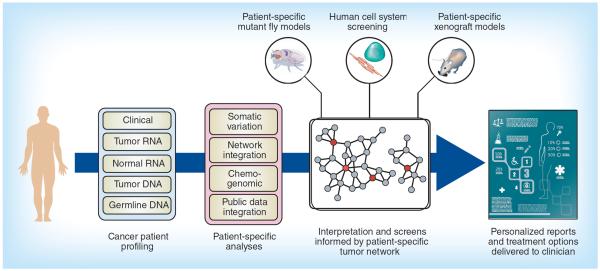Figure 2. Schematic of the processing steps in a personalized cancer therapy pipeline.
The integration of clinical information with genome-wide expression data (from tumor and normal cells) and complete genotyping provides the raw data for characterization of an individual's tumor. A standard set of analyses examines these data sources for actionable anomalies and creates a patient-specific profile, which is compared with a collection of reference databases (e.g., compound libraries, chemogenomic information and cancer biology) to construct a patient-specific tumor network. Key driver analyses and identification of enriched subnetworks inform in vitro screening processes and produce recommendations for personalized treatment options.

